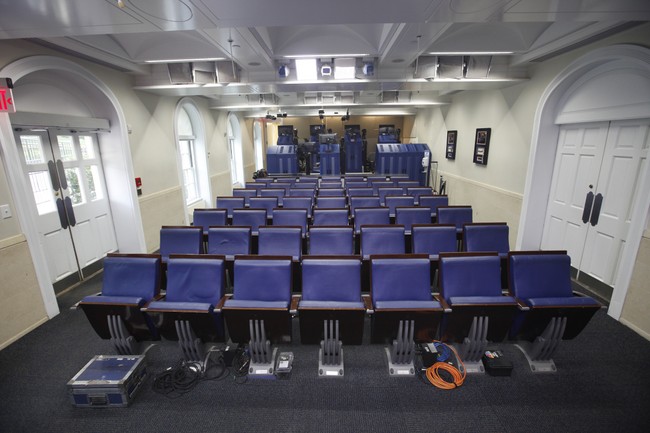
www.classicrockhistory.com
Top 10 Dave Clark Five Songs
Our Top 10 Dave Clark Five Songs list examines some of the best music the band released during their decade-long run in the 1960s. The Dave Clark Five originated in the London Borough of Haringey in England. The group was first formed in 1957. Like The Beatles‚ The Rolling Stones‚ and many other bands hailing from the United Kingdom‚ The Dave Clark Five released different versions of their albums on both sides of the Atlantic. The same also went for their singles release schedules. In the end‚ as fans‚ we are left with a tremendous body of work often overlooked
The post Top 10 Dave Clark Five Songs appeared first on ClassicRockHistory.com.

















